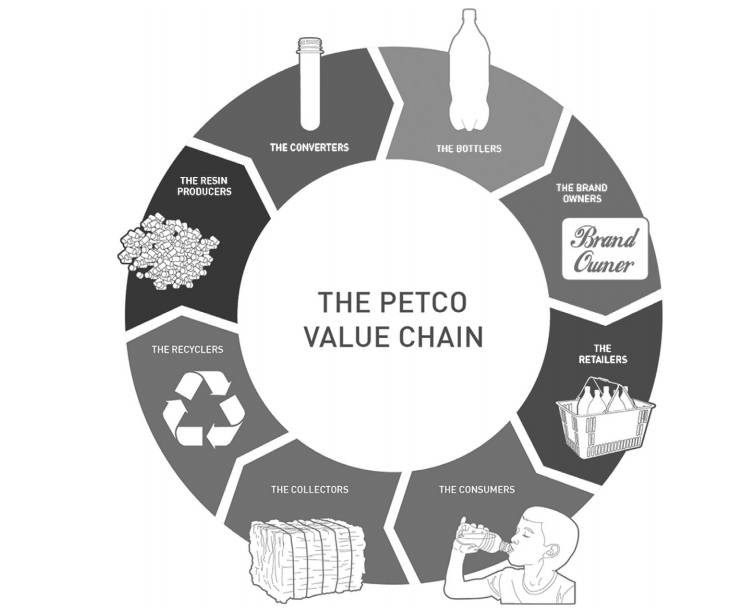Alaeddine Oussai, Zoltán Bártfai, László Kátai, and István Szalkai explore ways to improve recycling in 3D printing, releasing the details of their recent study in ‘Development of 3D Printing Raw Materials from Plastic Waste.’
Using plastic and dealing with the trash it produces has become normal around the world—leaving many to look back on the years when we enjoyed products in reusable glass containers—like milk, for example. The authors point out that while plastic waste, regarding type and quality, varies around the world, many types are suitable for re-use. For 3D printing, however, recycling processes are still being heavily explored:
“The current applications for using recycled plastics in fabrication and design are fairly limited, on a small scale, plastics (such as ABS, HDPE, or PET) are shredded and formed into pellets, and then either extruded into lament to be used in existing 3D printers, or injection molded into small parts and pieces of larger components.
“At a large scale, recycled HDPE is melted into sheets and either used directly as sheets in construction, or then heat formed from a sheet into components for construction. These methods of fabrication using recycled plastics are the norm because of their affordability and straightforward processes, yet each method leaves some complexity to be desired.”
For this study, the researchers focused on both polyethylene terephthalate (PET), often referred to as polyester, and polylactic acid (PLA). While it is true that recycling can be both complicated and confusing for consumers everywhere, there are four basic exercises associated with the process:
- Mechanical reprocessing into equivalent products
- Secondary processing into products with ‘lower properties’
- Chemical constituent recovery
- Quaternary energy recovery
Known as a #1 recycling plastic, PET is made of monomer ethylene terephthalate. This is a material often used to make plastic bottles, as well as thin films and solar cells, offering high mechanical strength and temperature resistance.
PLA is one of the most common types of 3D printing filament, known for its plant-based nature and resulting biodegradability. And while its true nature in terms of degrading are still being explored, this material is used widely by users and researchers too, featured in studies exploring the potential for a more circular economy, development of biodegradable blends, direct waste printing with pellets, and much more.
“Although PLA is a biodegradable material, which would significantly reduce environmental pollution associated with its waste, the knowledge behind this material recycling and changes in the properties of PLA upon its multiple processing is a very important subject of discussion,” state the authors.
Other materials like polyvinyl chloride (PVC) can break down in only several days. PVC is also affordable and offers the potential for making high-performance parts. Polyethylene’s PE’s are also commonly used, offering density, toughness, and flexibility.
Today, overall recycling efforts, and within 3D printing also, are geared toward less use of energy, less sorting during the process, and the eventual inclusion of what are now non-recyclables. Currently only poly (ethylene terephthalate) (PET) and polyethylene (as 9 and 37% of the annual plastic produced) are being mechanically processed.
The researchers mention a previous research solution as they developed a ‘crusher,’ for re-using plastic. The device consists of a crusher and extruder, along with 12 blades.
Other recycling methods include chemical technology; however, the researchers point out that right it is considered to be too expensive due to the amount of energy it consumes. They point out that incineration is an option too.
“In the current scenario there is growing demand and interest towards chemical recycling methods with low energy demand along with compatibility of mixed plastic waste to overcome the need for sorting and expanding the recycling technologies to traditional non-recyclable polymers,” concluded the researchers.
What do you think of this news? Let us know your thoughts; join the discussion of this and other 3D printing topics at 3DPrintBoard.com.
[Source / Images: ‘Development of 3D Printing Raw Materials from Plastic Waste’]Subscribe to Our Email Newsletter
Stay up-to-date on all the latest news from the 3D printing industry and receive information and offers from third party vendors.
Print Services
Upload your 3D Models and get them printed quickly and efficiently.
You May Also Like
Reinventing Reindustrialization: Why NAVWAR Project Manager Spencer Koroly Invented a Made-in-America 3D Printer
It has become virtually impossible to regularly follow additive manufacturing (AM) industry news and not stumble across the term “defense industrial base” (DIB), a concept encompassing all the many diverse...
Inside The Barnes Global Advisors’ Vision for a Stronger AM Ecosystem
As additive manufacturing (AM) continues to revolutionize the industrial landscape, Pittsburgh-based consultancy The Barnes Global Advisors (TBGA) is helping shape what that future looks like. As the largest independent AM...
Ruggedized: How USMC Innovation Officer Matt Pine Navigates 3D Printing in the Military
Disclaimer: Matt Pine’s views are not the views of the Department of Defense nor the U.S. Marine Corps Throughout this decade thus far, the military’s adoption of additive manufacturing (AM)...
U.S. Congress Calls Out 3D Printing in Proposal for Commercial Reserve Manufacturing Network
Last week, the U.S. House of Representatives’ Appropriations Committee moved the FY 2026 defense bill forward to the House floor. Included in the legislation is a $131 million proposal for...





































